Hunger in Colorado: By the Numbers
We know that 1 in 10 Coloradans -- and one in six of our kids – lack access to nutritious food and often are hungry. To build local support and encourage local solutions for this persistent problem, it’s important to understand what’s happening in individual communities.
You can use the following resources to begin educating for change in your community. Following are resources that will help you localize and customize your outreach as well as educate on he larger policy fixes that we help to make real change in our state.
First, learn about hunger in your community by downloading this data produced by Feeding America. There you can see the numbers of Coloradans who experience hunger in your community.
Interactive Colorado County Map:
SNAP & WIC Enrollment Information
One of the most effective ways to improve access to nutritious food for individuals experiencing hunger is to increase enrollment in federal food assistance programs. Yet Colorado has struggled to help individuals enroll and make the most of the supports these programs have to offer. Hover over each county to see the percentage of residents in your county who are eligible and enrolled in SNAP and WIC and the number who are eligible for the programs, but not yet enrolled.
Once you’ve learned about hunger in your community, use the factsheets below to educate on the topic.
75% is the average SNAP enrollment in the United States.
58% is the average SNAP enrollment in Colorado.
Use the following fact sheets to educate on issues and discuss solutions in your community:
Blueprint partners Hunger Free Colorado, the Colorado Department of Public Health and Environment, the Colorado Department of Human Services and the Colorado Center on Law and Policy provided data to inform this map.
For a deeper dive on county-level data, visit The Gap Map, an interactive, county-by-county snapshot of access across services developed by the Colorado Center on Law and Policy and Hunger Free Colorado.
SNAP data follows the USDA/FNS Program Access Index methodology using 2016 data for large counties and the most recent 3-year data for small and medium sized counties.
WIC data source, CDPHE 2015. In general, larger counties have a smaller margin of error in enrollment rates; conversely, there is a larger margin of error for small and medium sized counties.

